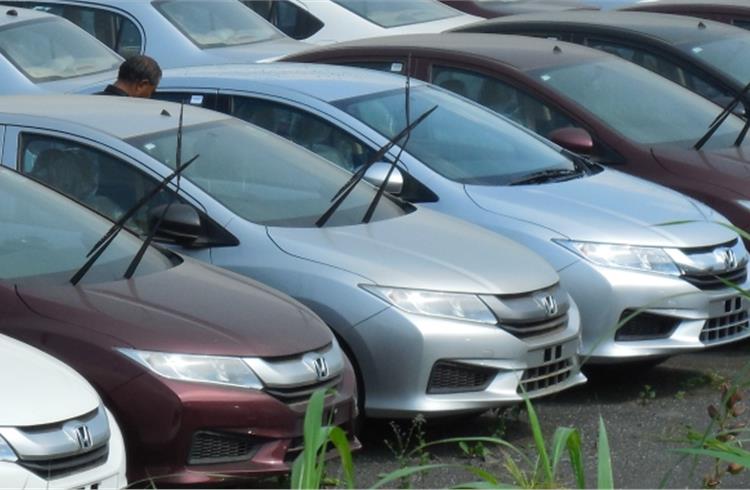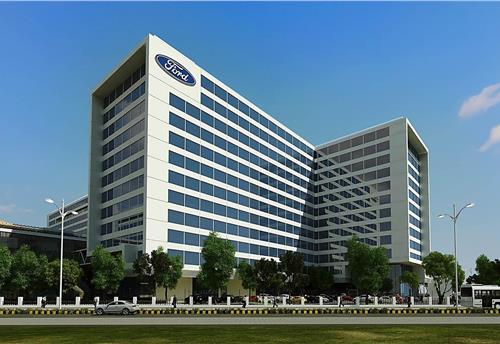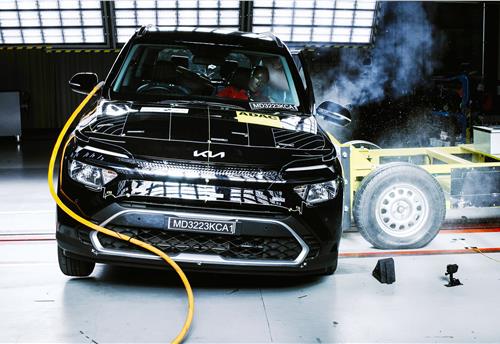Honda Cars India’s Tapukara plant expansion to be completed by September
Constrained by production capacity shortage at its existing Greater Noida plant that manufactures 120,000 units annually, the carmaker had announced plans to scale up production at its Rajasthan facility last year.
The expansion currently underway at Honda Cars India’s Tapukara plant in Rajasthan will take another couple of months to reach completion.
Constrained by production capacity shortage at its existing Greater Noida plant that manufactures 120,000 units annually, the carmaker had announced plans to scale up production at its Rajasthan facility last year.
At present, the tooling work at the Tapukara unit has been completed and trials and testing are to commence shortly after which there will be a steady ramp of capacity. The plant, which currently also has an installed annual capacity of 120,000 units, is being ramped up to produce 180,000 units per annum at an investment of Rs 380 crore.
The company had earlier announced that the ramp up would be over by mid-2016. The factory currently produces the City sedan, new Jazz as well as the BR-V and has utilised 84 percent of its capacity at Tapukara.
BR-V gets 11,000 bookings
Meanwhile, the company’s latest kid on the block the BR-V has received bookings of 11,000 units since its launch in early May with deliveries having kicked off simultaneously. Jnaneswar Sen, senior VP (sales and marketing), told Autocar Professional that the BR-V is currently seeing a waiting period of a month and a half.
Demand for both its petrol and the diesel variants is running equal while the new-generation CVT variant has contributed 25 percent of the total sales. “There is an increasing trend of using automatics that uses an advanced technology and delivers a better mileage than a manual transmission,” he says, adding that the equal contribution of petrol and diesel in the BR-V model is due to the market moving towards petrol cars.
This has occurred primarily due to the narrowing price differential between petrol and diesel. The recent controversy sparked by the Supreme Court banning above 2000cc diesel cars from plying on Delhi-NCR roads also saw a higher demand for petrol cars though there are recent indications of the Court mulling a lift of the ban soon.
The Japanese carmaker has not experienced too good a start to domestic sales this fiscal registering cumulative domestic sales of 31,847 units during the period April – June 2016 against 44,447 units for the corresponding period last year.
During June, Honda Cars India posted domestic wholesales of 11,407 units against 18,380 units in the corresponding month last year, down 38 percent.
Clarifying Yoichiro Ueno, President and CEO said: “The shift in consumer preferences has led to high stock of diesel vehicles at our dealerships. As a deliberate measure, we have been rationalising wholesale dispatches to correct the stock situation. The market is good and our retail sales were much higher than wholesales. The stock levels at our dealerships have been almost normalised and we expect that our wholesales would match the retail sales level in July.”
Also read: Honda's NAVI to be made at Tapukara
RELATED ARTICLES
Ford to build more EV software capability at Chennai tech hub
Ford Business Solutions India, which currently employs 12,000 personnel set to add 3,000 more; Ford, which is known to b...
ASK Automotive to set up JV with Aisin to sell aftermarket parts for cars
Ask Automotive will have 51% of the equity of the joint venture to be set up with Aisin Asia (Thailand) Company and Aisi...
Kia Carens gets 3-star Global NCAP rating in fresh tests
The Carens MPV, which was tested twice under the new protocol, scored zero stars for adult occupancy in the first test.





 By Shobha Mathur
By Shobha Mathur
 12 Jul 2016
12 Jul 2016
 7554 Views
7554 Views









